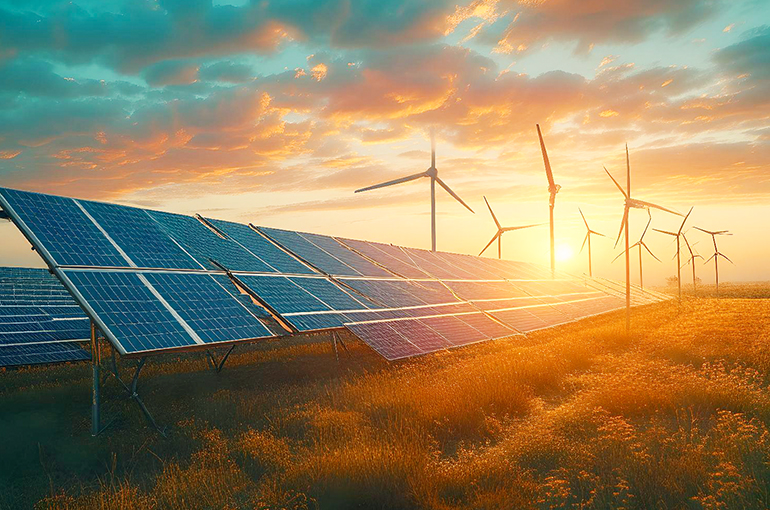 China to Expand Virtual Power Plants, V2G Systems Over Next Five Years
China to Expand Virtual Power Plants, V2G Systems Over Next Five Years(Yicai) Aug. 26 -- China will scale up virtual power plant development, promote vehicle-to-grid systems, and enhance local consumption of renewable energy over the coming five years, aiming to tackle the growing challenge of integrating new energy sources into the power grid, according to a senior official.
Emerging technologies such as virtual power plants -- which integrate distributed energy sources like solar and wind -- and V2G systems that allow electric vehicles to feed electricity back into the grid will be a focus of the 15th Five-Year Plan through 2030, Du Zhongming, director general of the electricity department at the National Energy Administration, said at a press conference today.
To address the intermittent and fluctuating nature of wind and solar power production, the authorities will accelerate the construction of a new power system and enhance the grid’s ability to integrate renewables, Du said.
China’s new energy sector has grown rapidly in recent years, with installed capacity ranking first globally for a number of consecutive years. However, Du noted that the swift expansion of renewables has created power usage challenges in some regions.
Looking ahead, China will develop more system-friendly power stations to improve forecasting accuracy for wind and solar generation. The country also aims to improve the grid's flexibility by integrating wind, solar, hydro, and thermal power under unified operational control.
Du said China will strengthen the coordinated development of the main grid, distribution networks, and microgrids to boost overall grid capacity and accommodate large-scale renewable integration.
China also plans to build cross-provincial transmission corridors and launch flexible mutual aid projects between provinces to ensure more efficient energy distribution, he added.
"While continuously improving the power system’s ability to absorb new energy, we will also actively explore non-electric utilization pathways," Du said. These include promoting large-scale applications of green hydrogen produced from wind and solar energy.
Du concluded that this green hydrogen will support downstream uses such as green metallurgy, ammonia synthesis, methanol production, and sustainable aviation fuel.
Editor: Emmi Laine